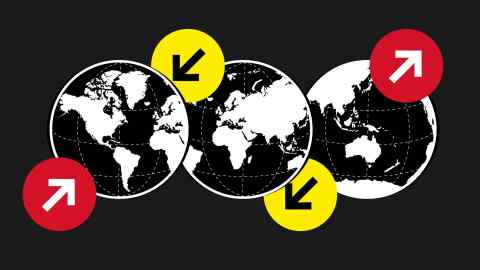NOTE: The rise in energy prices was the main driver of inflation in many countries, even before Russia invaded Ukraine.
The rise in energy prices was the main driver of inflation in many countries, even before Russia invaded Ukraine.
Daily data show how the pressure has intensified on the back of a conflict that has forced Europe to search for alternative gas supplies. However, wholesale prices continue to ease as a result of weakening global demand and European gas storage facilities being filled close to capacity.
But energy prices still remain high by historical standards in many countries, particularly in Europe, where the crisis has been more intense.
Higher inflation also spread beyond energy to many other items, with rising food prices hitting the poorest consumers in particular. However, food inflation is now showing signs of easing in most countries.
Rising prices limit what households can spend on goods and services. For the less well-off, this could lead to people struggling to afford basics such as food and shelter.
- While they have eased in recent months, they remain at high levels.
- In developing countries, the wholesale cost of these ingredients has a larger impact on final food prices; food also accounts for a larger share of household spending.
Another point of concern is asset prices, especially for houses. These soared in many countries during the pandemic, boosted by ultra-loose monetary policy, homeworkers’ desire for more space and government income support schemes. However, higher mortgage rates are already leading to a significant slowdown in house price growth in many countries.





























No comments:
Post a Comment